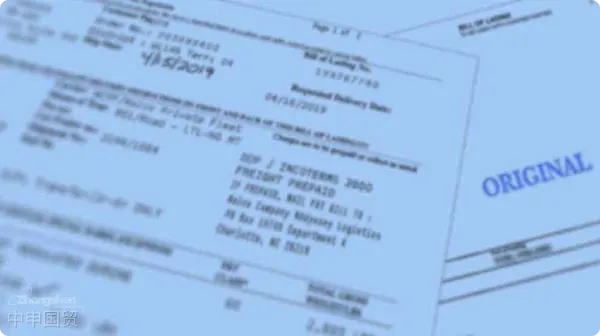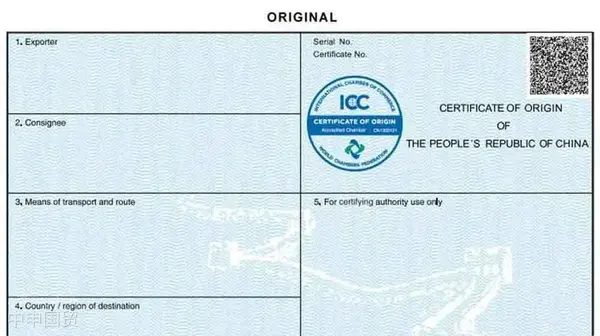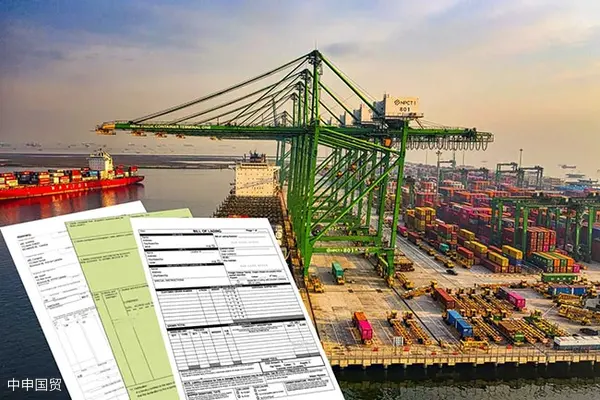- Shanghai Zhongshen International Trade Co., Ltd. - Two decades of trade agency expertise.
- Service Hotline: 139 1787 2118
Maritime TransportationConcept of Bill of Lading
The Ocean Bill of Lading is a receipt issued by the carrier after receiving the goods, and also a voucher for the carrier to sign the transportation contract. The bill of lading also represents the ownership of the goods carried and is a document with property rights.

Significance of Bill of Lading
Meaning of bill of lading
The bill of lading must be issued by the shipper, the ships captain, or their agent, and must clearly indicate the issuer.
The bill of lading is a document that proves the conclusion of a shipping contract, confirms that the carrier has taken over or loaded the goods, and guarantees that the goods will arrive at the destination. It is also a document of title used by the carrier to ship the goods. The holder of the bill of lading has the right to take delivery of the goods and may transfer or mortgage it to a bank before the cargo ship arrives at the destination port.
The content of a bill of lading consists of two parts: the factual records on the front and the terms and conditions on the back. The core content of bills of lading issued by various shipping companies is almost identical.
Function of Delivery Order
Functions of bills of lading
Receipt Function
A bill of lading serves as a receipt issued to the shipper, confirming that the carrier has received the goods listed in the bill of lading and loaded them onto the vessel.
Evidence of Contract of Carriage
It serves as evidence of the contract of carriage between the shipper and the carrier.
The reason why the carrier transports goods for the shipper is that certain rights and obligations exist between them. The bill of lading serves as proof of these rights and obligations.
Document of Title
A bill of lading is a document that proves ownership of the goods. The holder of the bill of lading has the right to demand delivery of the goods from the carrier and enjoys ownership and disposal rights over the goods. The bill of lading represents the goods as agreed in the contract.
Related Recommendations
? 2025. All Rights Reserved. 滬ICP備2023007705號-2  PSB Record: Shanghai No.31011502009912
PSB Record: Shanghai No.31011502009912










